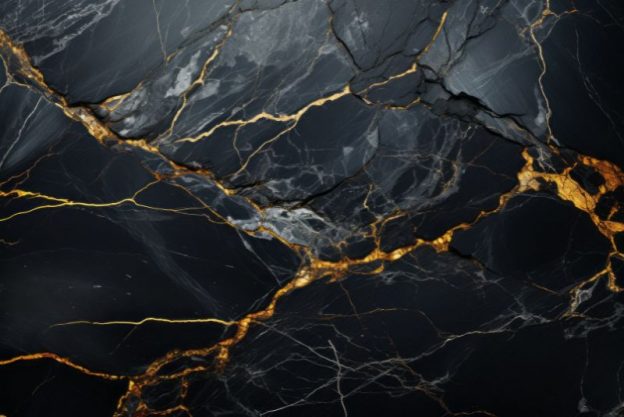Marble’s allure isn’t just in its radiant surface or its array of colours, but significantly in its unique veining. Each marble slab tells a different story through its veins, a narrative of geological processes and natural artistry. This post explores the captivating world of marble veining, uncovering the secrets behind these natural masterpieces.
Veining A Geological Perspective
Veining in marble is the result of various mineral impurities that were present in the limestone before it underwent metamorphosis. These impurities, such as clay, silt, sand, iron oxides, or chert, get redistributed and recrystallized during the metamorphic process. The result is the striking veins that run through marble, each pattern unique to its geological history.
Colour Palette of Veins
The colour of marble veins depends largely on the type of impurity:
- Clay and Silt: Contribute to veins in shades of red, brown, or yellow.
- Iron Oxides: Responsible for reddish or golden hues.
- Chert or Quartz: Lead to white or light-coloured veins.
- Veining Patterns: Nature’s Artwork
The patterns of veining in marble can vary dramatically, influenced by factors like the intensity of the metamorphic process and the original distribution of impurities. Some common veining patterns include:
- Linear and Uniform: Suggesting a more consistent flow of impurities during formation.
- Feathered or Soft: Indicative of gentle shifts in the earth that cause the minerals to spread in a feather-like pattern.
- Bold and Dramatic: Reflecting turbulent geological conditions.
The Role of Veining in Art and Architecture
Veining is not just a natural phenomenon but also a critical element in the aesthetic value of marble in art and architecture. Artists and architects choose specific marble slabs for their vein patterns, using them to enhance the beauty of their creations. A well-placed vein can add depth, movement, and emotion to sculptures or buildings.
Care and Maintenance
Maintaining marble involves protecting its veins, which can be susceptible to damage or staining. Regular sealing and careful cleaning are key to preserving the beauty of marble veining for years to come.
Marble veining is more than just a geological feature; it’s a testament to nature’s artistic prowess. Each vein pattern holds a story, an imprint of time, and a testament to the dynamic processes that shape our planet. In appreciating marble veins, we find a deeper connection to the natural world and its timeless beauty.




